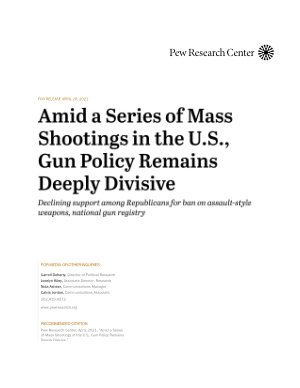By Justine Fleischner
Since the collapse of the Islamic Republic of Afghanistan in August 2021, the Taliban have sought to tighten their control over arms possession among their provincial commanders, the men under them, as well as civilians, and to rein in smuggling activity. Despite these efforts, however, smuggling continues, influenced by local dynamics in the provinces and long-standing clandestine arms trafficking networks.
Smuggling Dynamics under Taliban rule a new Situation Update co-authored by the Small Arms Survey and Afghan Peace Watch - reports on the recent field investigations in the country, and the risks for arms proliferation under the Taliban.
KEY FINDINGS • Fieldwork in Afghanistan under the Taliban confirms the presence of weapons markets in key border areas, significantly increasing the risks of arms proliferation in the region. Of particular concern is smuggling in border areas with Pakistan, where the state faces the growing threat posed by the Pakistani Taliban (Tehreek-e-Taliban Pakistan, TTP).1 • Weapon trafficking dynamics under the Taliban appear to be highly localized owing to internal Taliban dynamics; commercial, political, and security interests; and longstanding cross-border ties between armed groups, fighters, and for-profit smuggling networks. • While weapon seized weapons among rank-and-file Taliban fighters. Weapon prices have since regained most of their value, as the Taliban have consolidated their control over former Afghan National Defence and Security Forces (ANDSF) stockpiles. • The Taliban have taken steps to formalize the process of buying, selling, and transporting weapons internally. Taliban officials in each province issue weapon permits and licences for a tax or fee, which generates additional revenue for, and enhances the governance authority of, local officials. The Taliban’s intelligence apparatus, the General Directorate of Intelligence (GDI), has also seized hundreds of weapons following door-to-door searches of civilian and former ANDSF homes, as well as from weapons smugglers operating without the authorization of the Taliban. • Anecdotal reporting suggests that the Taliban have been particularly careful to assert control over remaining stockpiles of US-manufactured M4 and M16 assault rifles, night vision and thermal sights, and other high-value items not normally in circulation in the region. M4s and M16s are valued at roughly two to three times the price of an AK-pattern assault rifle. Nevertheless, groups allied with the Taliban, including the TTP, continue to gain access to US weaponry. These supply patterns indicate an inability or unwillingness to block these transfers, further complicating relations with Pakistan.
Geneva, SWIT: Small Arms Survey, 2023. 8p.






















